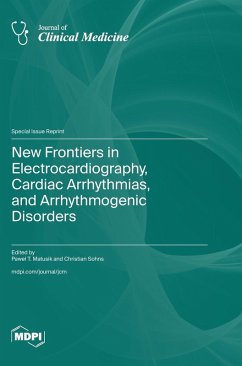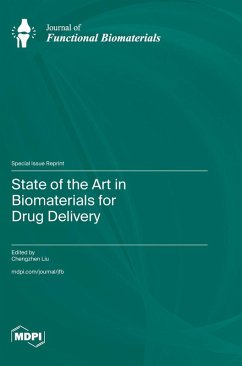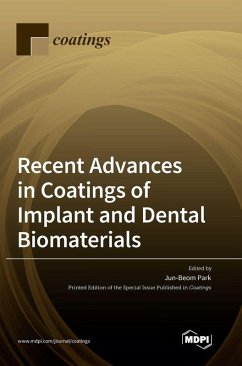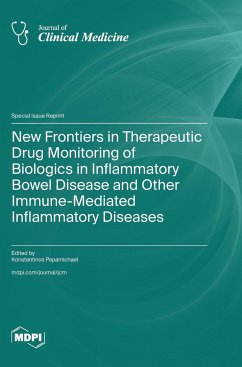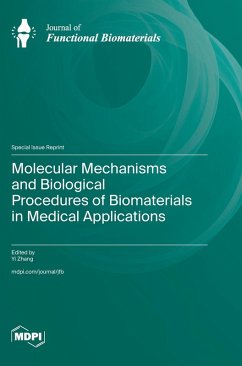
Frontiers in Antimicrobial Biomaterials
Versandkostenfrei!
Versandfertig in 1-2 Wochen
75,99 €
inkl. MwSt.

PAYBACK Punkte
38 °P sammeln!
Biomaterials can be used as implantable devices or drug delivery platforms, and have significant impacts on a patient's quality of life. Indeed, every year, a substantial number of new biomaterials and scaffolding systems are engineered and introduced in the biomedical field, with increased health benefits. However, their long-term use can be threatened by the adhesion and proliferation of microorganisms or by the formation of fibrosis. Pathogenic microorganisms may cause local infections and lead to implant failures. Additionally, they can hinder the delivery of therapeutic molecules by speci...
Biomaterials can be used as implantable devices or drug delivery platforms, and have significant impacts on a patient's quality of life. Indeed, every year, a substantial number of new biomaterials and scaffolding systems are engineered and introduced in the biomedical field, with increased health benefits. However, their long-term use can be threatened by the adhesion and proliferation of microorganisms or by the formation of fibrosis. Pathogenic microorganisms may cause local infections and lead to implant failures. Additionally, they can hinder the delivery of therapeutic molecules by specialized carriers, rendering them ineffective. Many alternatives have been proposed over the years to prevent such events, including the use of antiseptics and antibiotics, or physical modifications of the biomaterial surface with the incorporation of biomolecules. From specialized polymers and functional groups to silver and, more recently, antimicrobial peptides and natural extracts, different functionalization and modification techniques have been employed in this fight against pathogenic agents. This reprint aims to further our understanding of the antimicrobial actions of specialized biomaterials and introduce new surface modification strategies, original polymeric chemical structures, and new antimicrobial agent-material combinations, from which infection control or microbial eradication can be achieved.



